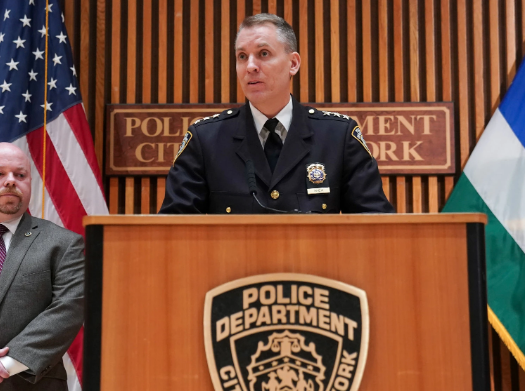The New York Police Department has been loading thousands of arrest photos of both children and teenagers onto a facial recognition database, despite evidence that the technology has a higher risk of false matches in younger people, according to the New York Times.
Internal records show that the department has used the technology to compare crime scene images with its collection of juvenile mugshots for about four years. The photographs are taken during arrests and most of the photos are of teenagers between 13 and 16. However, children as young as 11 have been included.
Civil rights groups and elected officials amount the software to a powerful surveillance tool on adolescents, despite their status being protected in the criminal justice system. It’s also been pointed out as an example of the police department’s ability to implement advanced technology with little public scrutiny.
Members of the city council and civil liberties groups said that they weren’t aware of the policy. Police department officials defended the decision, claiming that the facial recognition software was just the latest evolution of the long-standing technique of using arrest photos to identify suspects.
The city’s chief of detectives, Dermot F. Shea, said:
“I don’t think this is any secret decision that’s made behind closed doors. This is just process, and making sure we’re doing everything to fight crime.”

Other cities have started the debate on whether or not law-enforcement should use such technology. The facial recognition software relies on an algorithm to quickly look through images and suggest matches. In May, San Francisco blocked the police from using the tool and Detroit is now facing public backlash to a technology that has been shown to have lower accuracy for people with darker skin. The state education department in Lockport, New York recently told the school district to delay a plan to use facial recognition on students.
Councilman Donovan Richards, a Queens Democrat said:
“At the end of the day, it should be banned – no young people.”
The police department said its legal bureau gave it the “OK” to use facial recognition on juveniles. They also said the algorithm suggests leads, but that detectives wouldn’t make an arrest based solely on it.
Regardless, this type of technology hasn’t been widely tested on children and most algorithms “think” based on adult faces. There’s growing evidence that the software doesn’t work as well on children as it does on adults.
The National Institute of Standards and Technology recently found the vast majority of more than 100 facial recognition algorithms had a higher rate of mistakes among children. The error was the most pronounced in young children, but it was also seen in children aged 10 to 16. Aging poses an obvious problem: children and adolescents’ appearance can change drastically as they grow through their teenage years.
Karl Ricanek Jr., a computer science professor and co-founder of the Face Aging Group at the University of North Carolina-Wilmington said:
“I would use extreme caution in using those algorithms.”
This obviously renders the technology much less effective in finding the same person a year or two later.
“The systems do not have the capacity to understand the dynamic changes that occur to a child’s face,” Dr. Ricanek continued.
Two of the companies that provide software to the police department, Idemia and DataWorks Plus, didn’t respond for comment.
The New York Police Department is allowed to take arrest photos of minors as young as 11 who are charged with a felony. In many of these cases, the department can keep the photos for years, making facial recognition comparisons with updated images. The New York Police Department database has 5500 juveniles in it, 4100 of which are no longer 16 or under. Those that are 17 or older are considered adults in the criminal justice system.
Police did not provide statistics on how often their system provide false matches.
Chief Shea continued: “We are comfortable with this technology because it has proved to be a valuable investigative method. Facial recognition has helped lead to thousands of arrests of both adults and juveniles.”
Bailey, a 17 year old girl from Brooklyn who admitted guilt to an attack she committed when she was 14 said: “It’s very disturbing to know that no matter what I’m doing at that moment, someone might be scanning my picture to try to find someone who committed a crime.”
via ZeroHedge News https://ift.tt/2YADAYp Tyler Durden
